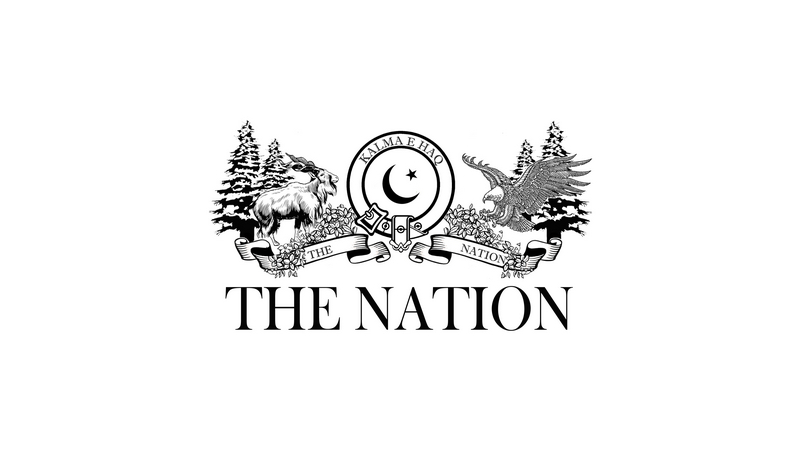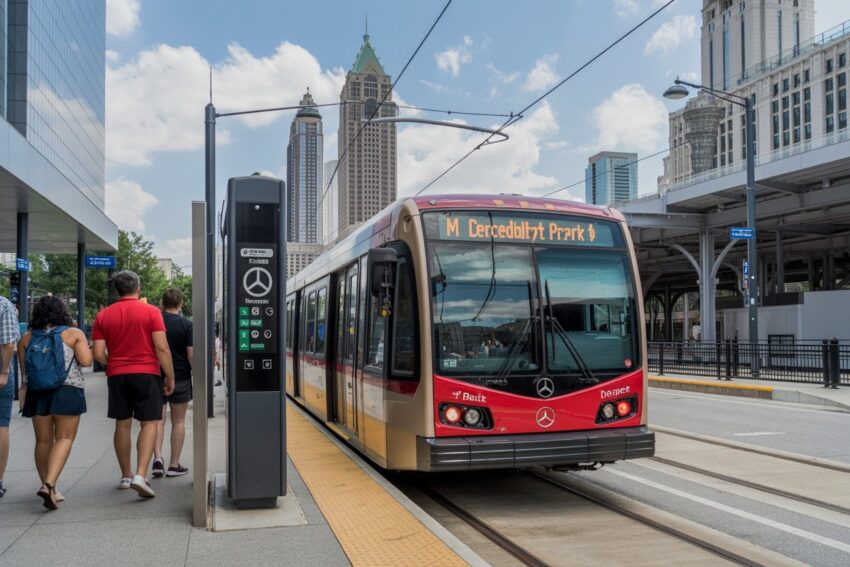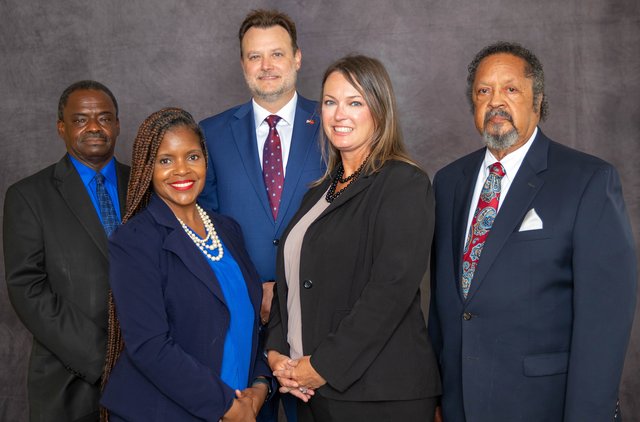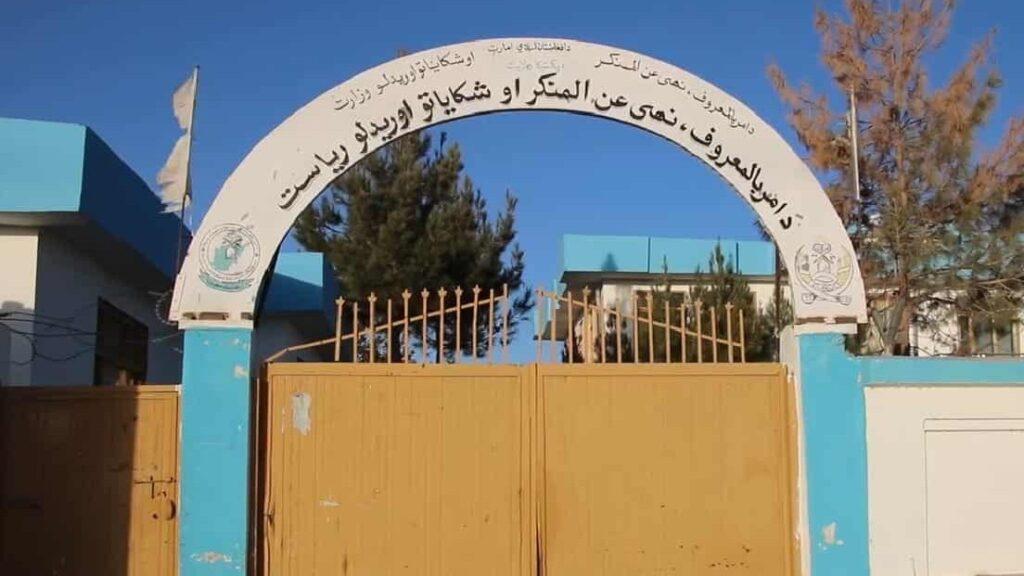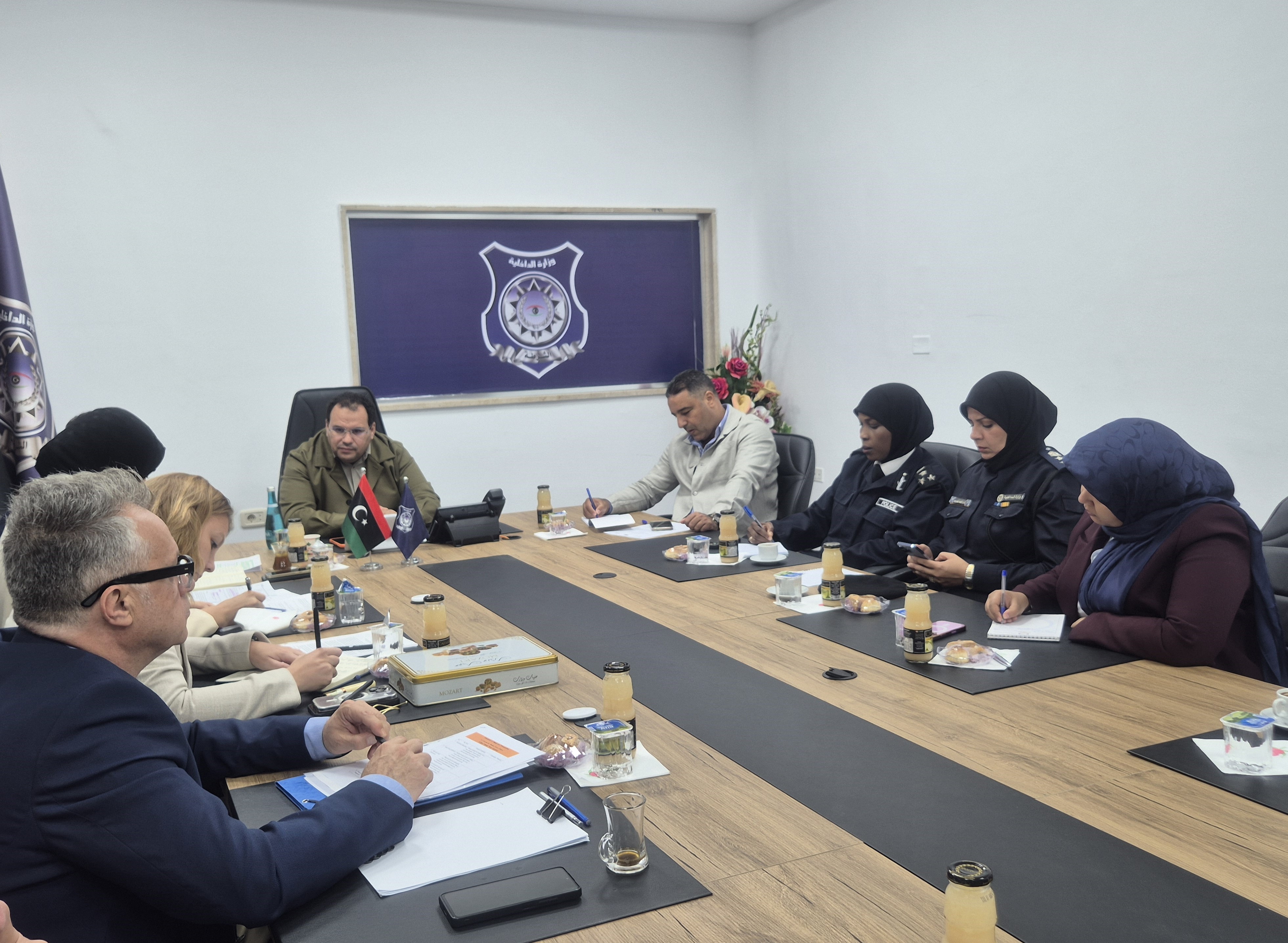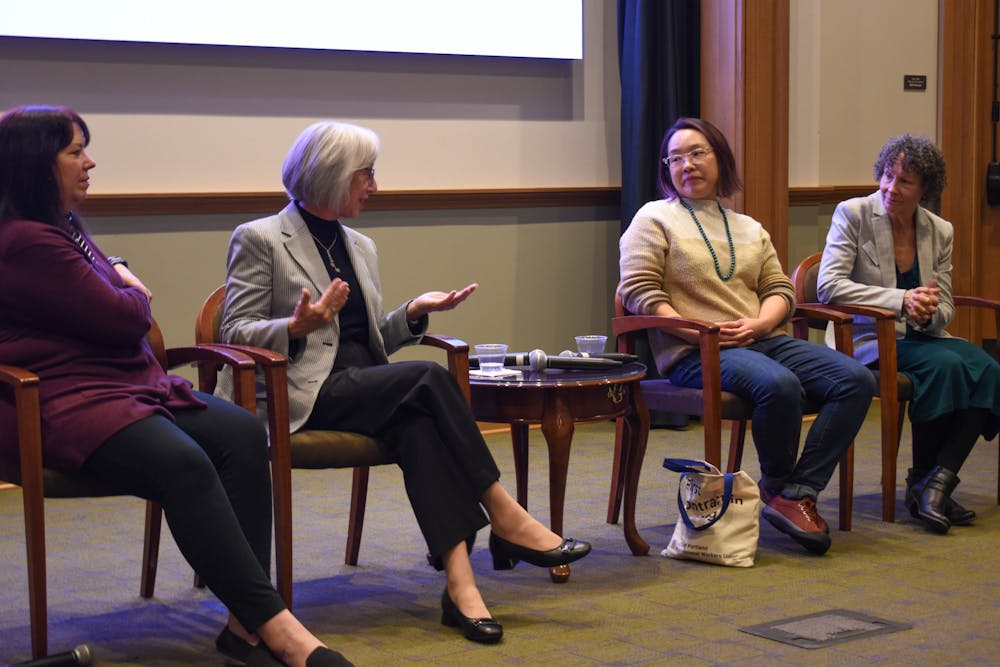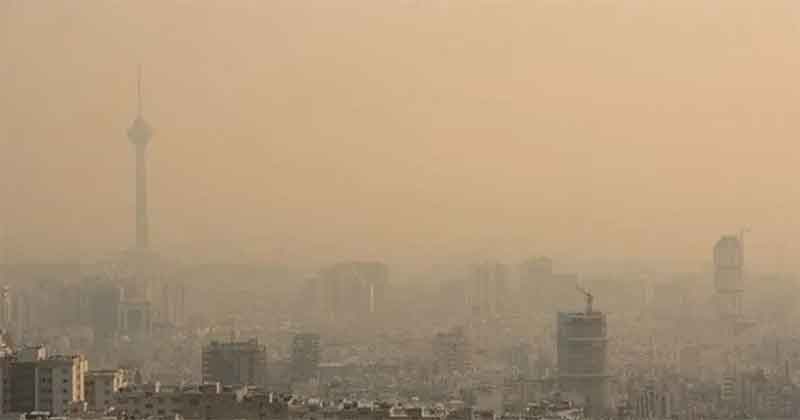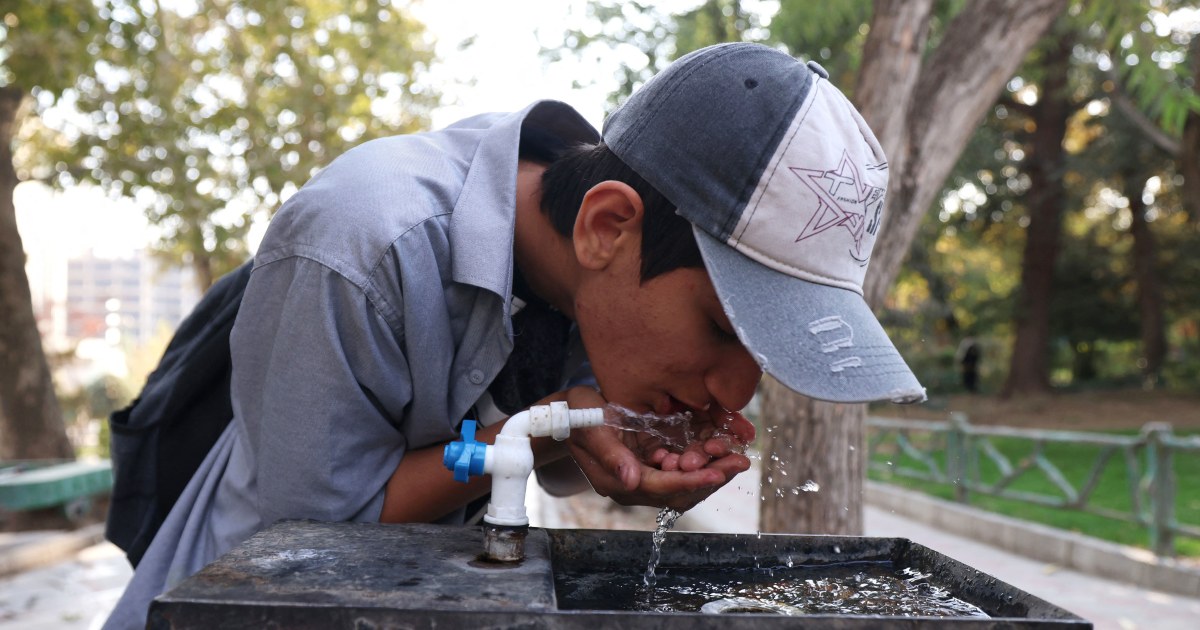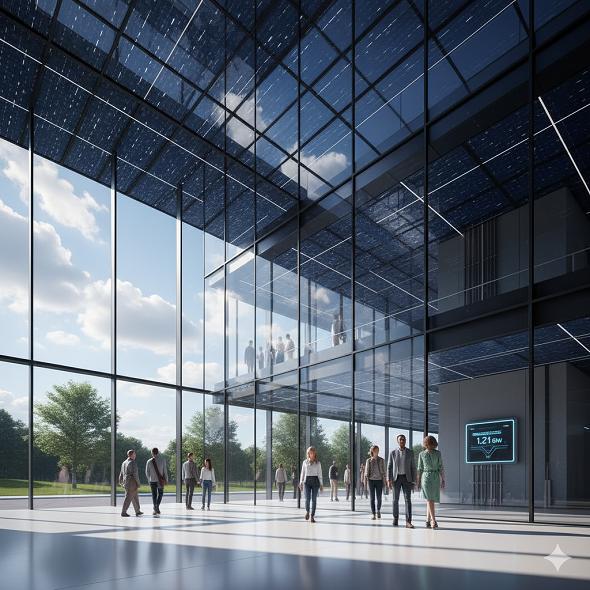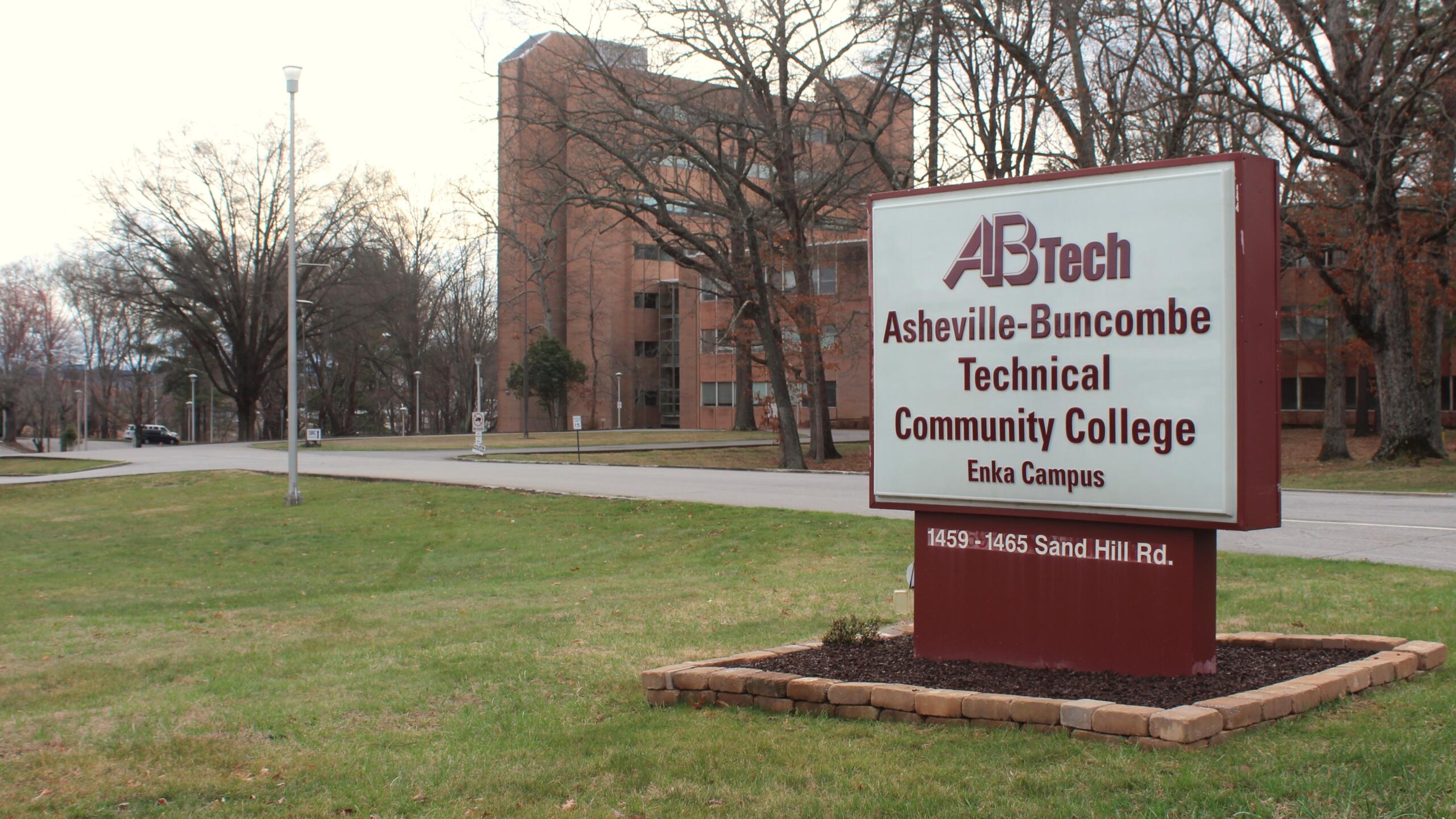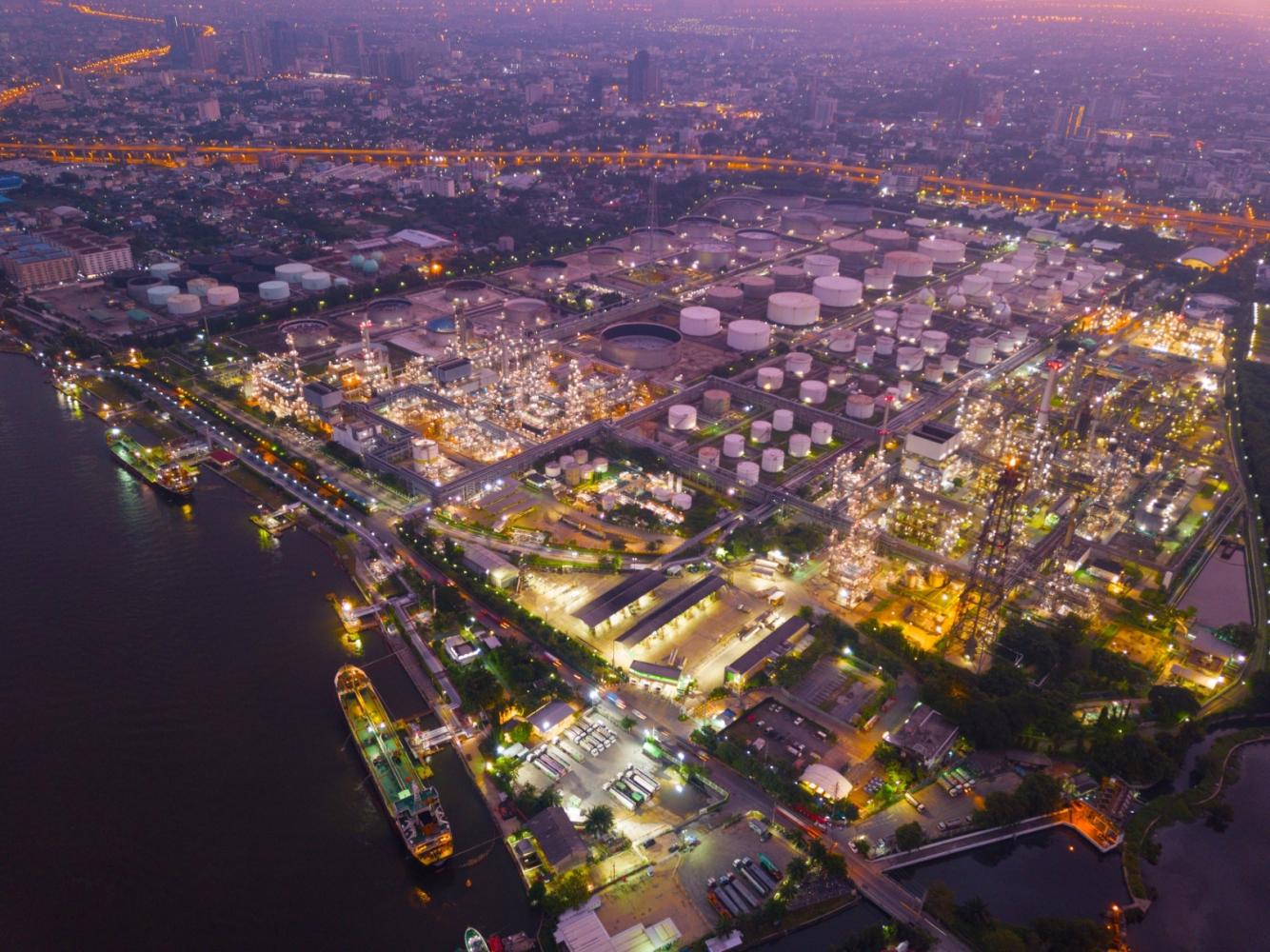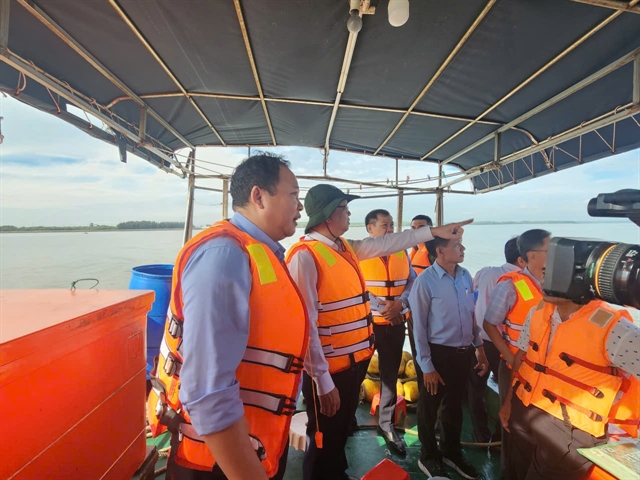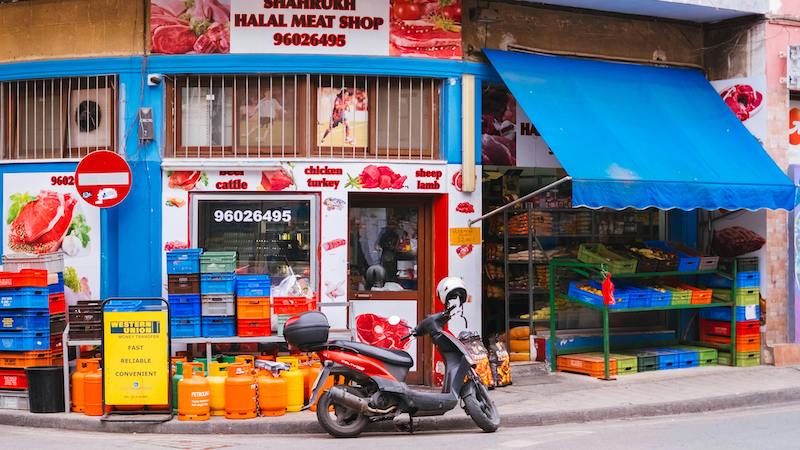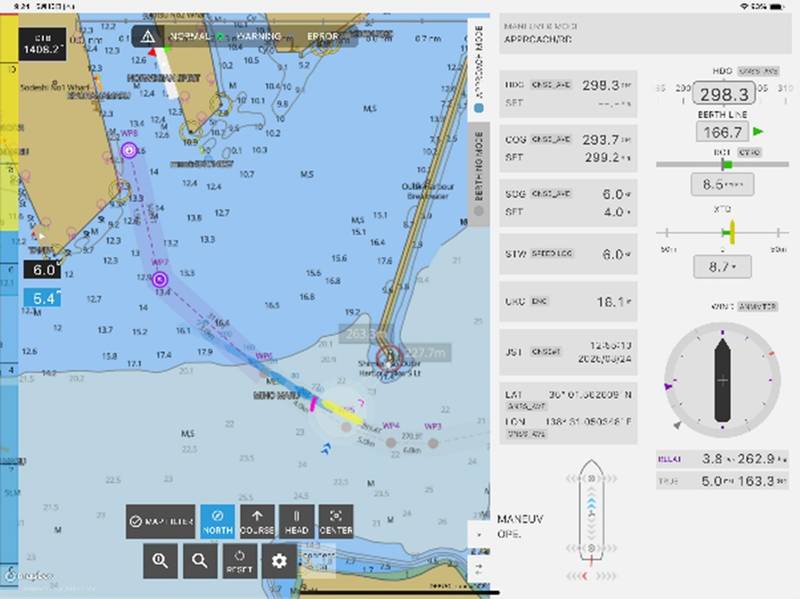Sustaining the Legacy of Prof. JEA Mills: Ekumfi MP Cuts Sod for Major Infrastructural Development at Atta Mills SHS – GBC Ghana Online

Report on Infrastructure Development at J.E.A. Mills Senior High School and its Alignment with Sustainable Development Goals
Introduction: Advancing SDG 4 in Ekumfi
A major infrastructure development project has been initiated at the J.E.A. Mills Senior High School in Ekumfi Otuam, spearheaded by the Member of Parliament for Ekumfi, Hon. Dr. Othniel Ekow Kwainoe. This initiative directly supports the United Nations’ Sustainable Development Goal 4 (SDG 4), which aims to ensure inclusive and equitable quality education and promote lifelong learning opportunities for all. The project seeks to address a decline in student enrollment by significantly upgrading the school’s facilities, thereby creating a safe, inclusive, and effective learning environment as stipulated in SDG Target 4.a.
Project Objectives and Strategic Alignment with SDGs
Enhancing Educational Infrastructure for Quality Learning (SDG 4)
The primary objective is to transform the school into a center of excellence that reflects the legacy of the late President, Professor John Evans Atta Mills. By providing modern facilities, the project aims to improve educational outcomes, nurture talent, and prepare students for global competitiveness. This directly contributes to SDG 4 by upgrading educational facilities to be gender-sensitive and adequate for all students.
Reducing Inequalities and Fostering Community Development (SDG 10 & SDG 11)
This initiative also addresses SDG 10 (Reduced Inequalities) by investing in an underserved community to ensure that children in Ekumfi have access to quality educational infrastructure. Furthermore, it supports SDG 11 (Sustainable Cities and Communities) by strengthening essential community services like education, which is fundamental to sustainable local development.
Scope of Works and Direct SDG Contributions
The Ghana Education Trust Fund (GETFund) has committed to financing the construction of several key facilities. Each component is designed to contribute to specific development goals:
- A Two-Storey, Fully Furnished Administrative Block: This will strengthen the school’s institutional capacity, aligning with SDG 16 (Peace, Justice and Strong Institutions) by creating a more effective and accountable administrative environment.
- A Two-Storey Library & Learning Resource Complex: A direct investment in SDG 4, this facility will provide students with essential resources for quality learning and research.
- A Modern Male and Female Dormitory Facility: This supports SDG Target 4.a by providing safe and gender-sensitive living accommodations, which is crucial for student well-being and retention.
- A Three-Bedroom Headmaster’s Residence: Helps attract and retain high-quality leadership, essential for maintaining educational standards (SDG 4).
- An Ultra-Modern Spacious Dining Hall with a Fully Equipped Kitchen: Contributes to SDG 3 (Good Health and Well-being) by ensuring students have access to nutritious meals in a hygienic environment.
- Two separate House Masters’ Residences: Enhances student supervision and support systems, contributing to a safer and more disciplined school community.
Stakeholder Collaboration: A Model for SDG 17 (Partnerships for the Goals)
The success of this initiative is a testament to effective multi-stakeholder collaboration, a core principle of SDG 17. The project was made possible through the coordinated efforts of various partners:
Governmental and Institutional Support
- Hon. Dr. Othniel Ekow Kwainoe: Led the advocacy and lobbying efforts.
- GETFund: Provided full financial commitment, reaffirming its mandate to support educational development.
- National Leadership: Acknowledged support from H.E. John Dramani Mahama, H.E. Prof. Jane Naana Opoku-Agyemang, the Minister of Education, and the Minister of Finance.
Community and Traditional Leadership
- Nananom (Traditional Leaders): Expressed gratitude and endorsed the project, highlighting its importance for the community’s children and as an honor to Prof. Mills’ memory.
- Community Members: Their participation signifies local ownership and support for the educational advancement of the region.
Projected Long-Term Impact
Upon completion, this infrastructure overhaul is expected to create a lasting positive impact. By providing an enhanced learning and living environment, the J.E.A. Mills Senior High School will be better positioned to reverse enrollment decline and contribute to broader development goals. The project serves as a catalyst for sustainable progress in Ekumfi, fostering human capital development that is essential for achieving SDG 1 (No Poverty) and SDG 8 (Decent Work and Economic Growth) for future generations.
1. Which SDGs are addressed or connected to the issues highlighted in the article?
The article highlights an infrastructure development project at a senior high school in Ghana, which directly and indirectly connects to several Sustainable Development Goals (SDGs). The primary focus is on education, but the nature of the project—building infrastructure in an underserved community—broadens its relevance.
-
SDG 4: Quality Education
This is the most prominent SDG addressed. The entire initiative is centered on uplifting education at the J.E.A. Mills Senior High School. The article explicitly mentions the goal is to ensure “quality education” and to “drastically improve living and learning conditions,” which are core tenets of SDG 4.
-
SDG 9: Industry, Innovation and Infrastructure
The project involves a “massive infrastructure transformation,” including the construction of an administrative block, library, dormitories, and a dining hall. This directly relates to SDG 9’s call to build resilient infrastructure to support human well-being and development.
-
SDG 10: Reduced Inequalities
The article notes that the project supports “educational development across the country, especially in historically underserved communities.” By investing in a school in such a community, the initiative aims to reduce the inequality of opportunity and access to quality educational facilities.
-
SDG 11: Sustainable Cities and Communities
The construction of facilities such as a “Modern Male and Female Dormitory Facility,” a “Headmaster’s Residence,” and “House Masters’ Residences” contributes to providing adequate and safe housing within the school community. This aligns with the goal of ensuring access to basic services for communities.
2. What specific targets under those SDGs can be identified based on the article’s content?
Based on the specific actions and goals described in the article, the following SDG targets can be identified:
-
SDG 4: Quality Education
- Target 4.a: Build and upgrade education facilities that are child, disability and gender sensitive and provide safe, non-violent, inclusive and effective learning environments for all.
The article directly addresses this target by listing the construction of new facilities designed to “drastically improve living and learning conditions.” The projects include a library, a learning resource complex, and separate male and female dormitories, which contribute to creating an inclusive and effective learning environment.
- Target 4.a: Build and upgrade education facilities that are child, disability and gender sensitive and provide safe, non-violent, inclusive and effective learning environments for all.
-
SDG 9: Industry, Innovation and Infrastructure
- Target 9.1: Develop quality, reliable, sustainable and resilient infrastructure, including regional and transborder infrastructure, to support economic development and human well-being, with a focus on affordable and equitable access for all.
The initiative is a clear example of developing quality educational infrastructure (school buildings, dormitories, library) to support human well-being (through education) and provide equitable access for students in the Ekumfi community.
- Target 9.1: Develop quality, reliable, sustainable and resilient infrastructure, including regional and transborder infrastructure, to support economic development and human well-being, with a focus on affordable and equitable access for all.
-
SDG 10: Reduced Inequalities
- Target 10.2: By 2030, empower and promote the social, economic and political inclusion of all, irrespective of age, sex, disability, race, ethnicity, origin, religion or economic or other status.
By investing in a school in an “underserved community,” the project aims to provide students with the quality education needed for social and economic empowerment, thereby promoting inclusion and reducing regional disparities in educational resources.
- Target 10.2: By 2030, empower and promote the social, economic and political inclusion of all, irrespective of age, sex, disability, race, ethnicity, origin, religion or economic or other status.
3. Are there any indicators mentioned or implied in the article that can be used to measure progress towards the identified targets?
The article does not mention official SDG indicators, but it provides several implied metrics and deliverables that can be used to measure the project’s progress and success:
- Completion of Physical Infrastructure: The most direct indicator is the successful construction and furnishing of the six listed projects:
- A Two-Storey, Fully Furnished Administrative Block
- A Two-Storey Library & Learning Resource Complex
- A Modern Male and Female Dormitory Facility
- A Three-Bedroom Headmaster’s Residence
- An Ultra Modern Spacious Dining Hall with a Fully Equipped Kitchen
- Two separate House Masters’ Residences
- Student Enrollment Numbers: The article states that a “rapid decline in student numbers has called for some drastic action.” A key indicator of success would be the reversal of this trend, measured by an increase in student enrollment and retention rates after the new facilities are completed.
- Investment in Education: The commitment by GETFund to “fully finance” the projects is an indicator of financial resources being allocated to improve educational infrastructure in an underserved area.
- Improved Learning Conditions: While qualitative, progress can be measured through assessments of the “living and learning conditions” for students and staff before and after the project’s completion. This could be done via surveys or school performance metrics.
4. Create a table with three columns titled ‘SDGs, Targets and Indicators” to present the findings from analyzing the article.
| SDGs | Targets | Indicators (Implied from the Article) |
|---|---|---|
| SDG 4: Quality Education | Target 4.a: Build and upgrade education facilities to create effective learning environments. |
|
| SDG 9: Industry, Innovation and Infrastructure | Target 9.1: Develop quality and reliable infrastructure to support human well-being. |
|
| SDG 10: Reduced Inequalities | Target 10.2: Empower and promote social and economic inclusion. |
|
| SDG 11: Sustainable Cities and Communities | Target 11.1: Ensure access for all to adequate, safe and affordable housing and basic services. |
|
Source: gbcghanaonline.com
What is Your Reaction?
 Like
0
Like
0
 Dislike
0
Dislike
0
 Love
0
Love
0
 Funny
0
Funny
0
 Angry
0
Angry
0
 Sad
0
Sad
0
 Wow
0
Wow
0
